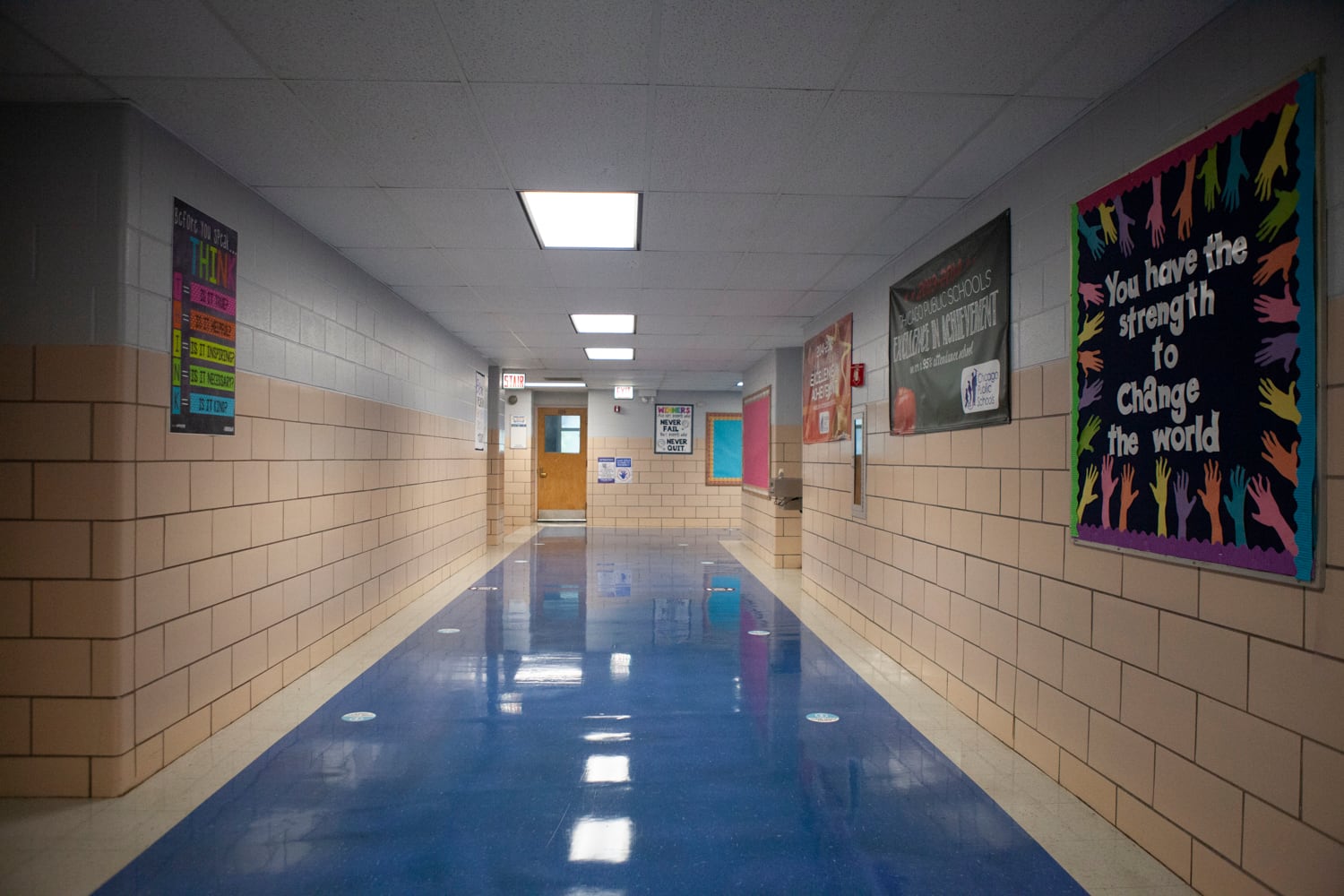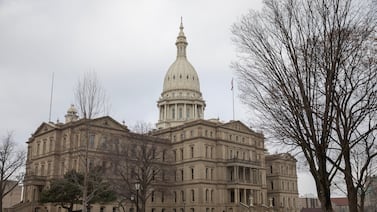During an unusual school year, Illinois public schools saw student enrollment drop in greater numbers than expected, according to recent projections by the state board of education.
The state said Thursday during a monthly board meeting that an estimated 35,822 students, or 1.9%, left public schools this year, exceeding a projected drop of about 20,000 students, or about 1.1%. Between 2015 and 2020, Illinois schools have seen enrollment drop an average of 1% per year, the board said.
Many states have reported enrollment losses during the pandemic, even those that typically see a boost every year. A fall analysis by Chalkbeat and The Associated Press looked at kindergarten to 12th grade enrollment data from 33 states that showed that school districts lost 500,000 students, or about 2%, since the same time last year.
Chicago Public Schools announced an enrollment decline of about 4% in October — the sharpest enrollment decline in two decades.
Across the state, kindergarten through third grade enrollment saw significant declines, while middle schools and high schools saw modest or low declines. Kindergarten enrollment declined by 7.8%, first grade by 4.6%, and second and third grades by more than 3%.
While enrollment fell among all four of the largest race/ethnicity groups — Asian, Black, Latino, and white — the drop was steepest among white students. The board had estimated a decline of 52.5%, but instead numbers of white students fell by 71.4%, or 35, 471 schoolchildren. Between 2015 to 2020, Black and white student numbers remained steady or had modest declines, while Asian and Latino students saw an increase in enrollment. This year, Asian student enrollment dropped by 3.2% and Latino students declined by 13.6%.
Enrollment is a key factor for new evidence-based funding from the state. Currently, school districts will not be penalized for losing students and will retain current funding. However, they will not be eligible for any additional funding.
Keeping the state education budget flat for another year due to the coronavirus pandemic means that school districts will not receive additional funding even if they see an influx of students once the pandemic subsides. This could create budget shortfalls for districts that saw enrollment fall sharply.
“Districts that have an influx of students will be provided funding based upon a percentage of adequacy from the prior year when they had a lesser enrollment due to the pandemic,” said Robert Wolfe, chief financial officer of the state board.
“We’ll have disharmony between the resources that are provided and the actual student population that that school district is going to have to provide services for.”
Board members said they suspected students were lost to homeschooling, private schools, or public school districts in other states. Currently the state board does not require non-public schools to provide enrollment data, nor does it require homeschooling families to register with the state, making it difficult to determine where students went. School districts can identify where students transferred, and there is a voluntary form for homeschooled students to complete.






